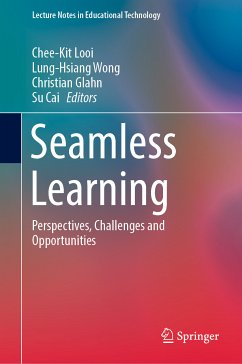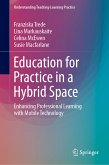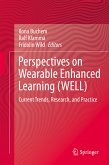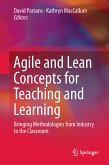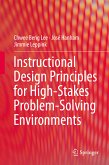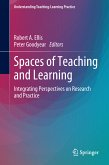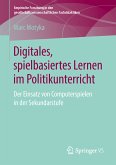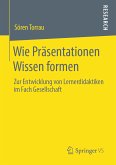This book introduces readers to the latest state of research and development in seamless learning. It consolidates various approaches to and practices in seamless learning from a range of techno-pedagogical, socio-situated and socio-cultural perspectives. Further, it details our current understanding of learning in both formal and informal settings, crossover learning, incidental learning, and context-based learning approaches, together with these aspects' linkages to the notion of seamlessness. The book is divided into sections addressing the theorization of seamless learning, understanding informal learning, research methodological issues, technology-enabled seamless learning and real-world applications of seamless learning.
Dieser Download kann aus rechtlichen Gründen nur mit Rechnungsadresse in A, B, BG, CY, CZ, D, DK, EW, E, FIN, F, GR, HR, H, IRL, I, LT, L, LR, M, NL, PL, P, R, S, SLO, SK ausgeliefert werden.
Es gelten unsere Allgemeinen Geschäftsbedingungen: www.buecher.de/agb
Impressum
www.buecher.de ist ein Internetauftritt der buecher.de internetstores GmbH
Geschäftsführung: Monica Sawhney | Roland Kölbl | Günter Hilger
Sitz der Gesellschaft: Batheyer Straße 115 - 117, 58099 Hagen
Postanschrift: Bürgermeister-Wegele-Str. 12, 86167 Augsburg
Amtsgericht Hagen HRB 13257
Steuernummer: 321/5800/1497
USt-IdNr: DE450055826
Bitte wählen Sie Ihr Anliegen aus.
Rechnungen
Retourenschein anfordern
Bestellstatus
Storno

